Baker Hughes Panametrics oxy.IQ User manual
Other Baker Hughes Measuring Instrument manuals
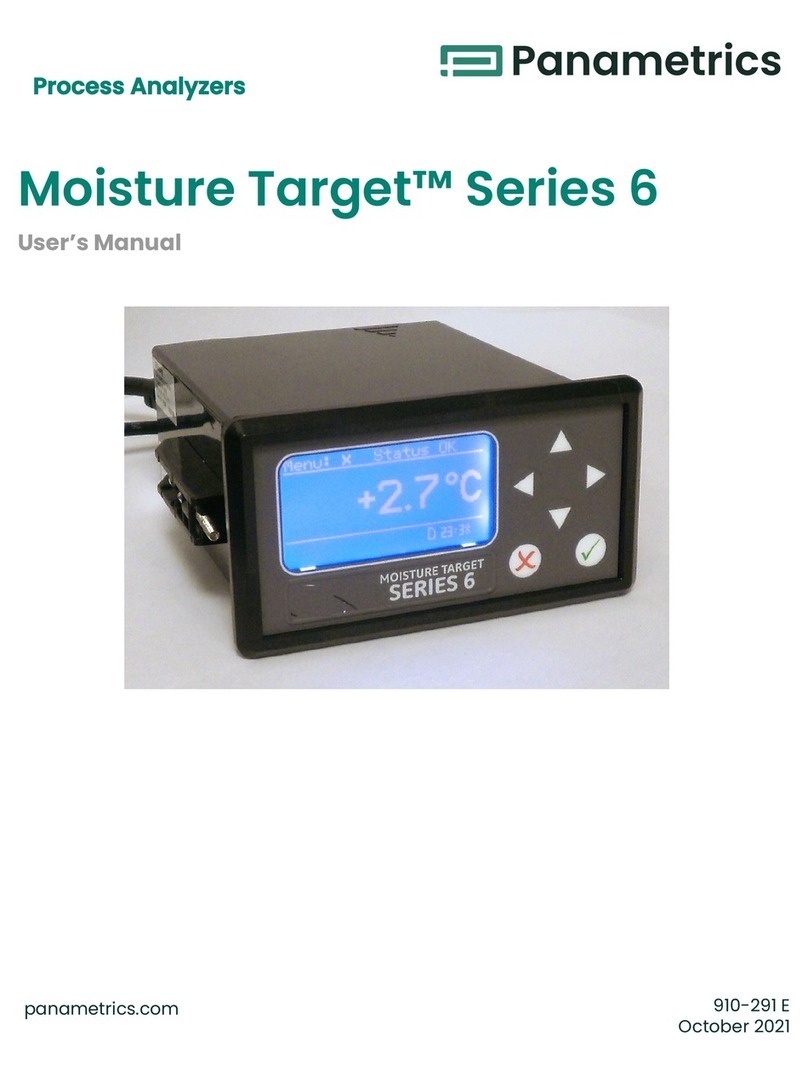
Baker Hughes
Baker Hughes Panametrics MTS6 User manual

Baker Hughes
Baker Hughes Panametrics Sentinel LCT8 User manual
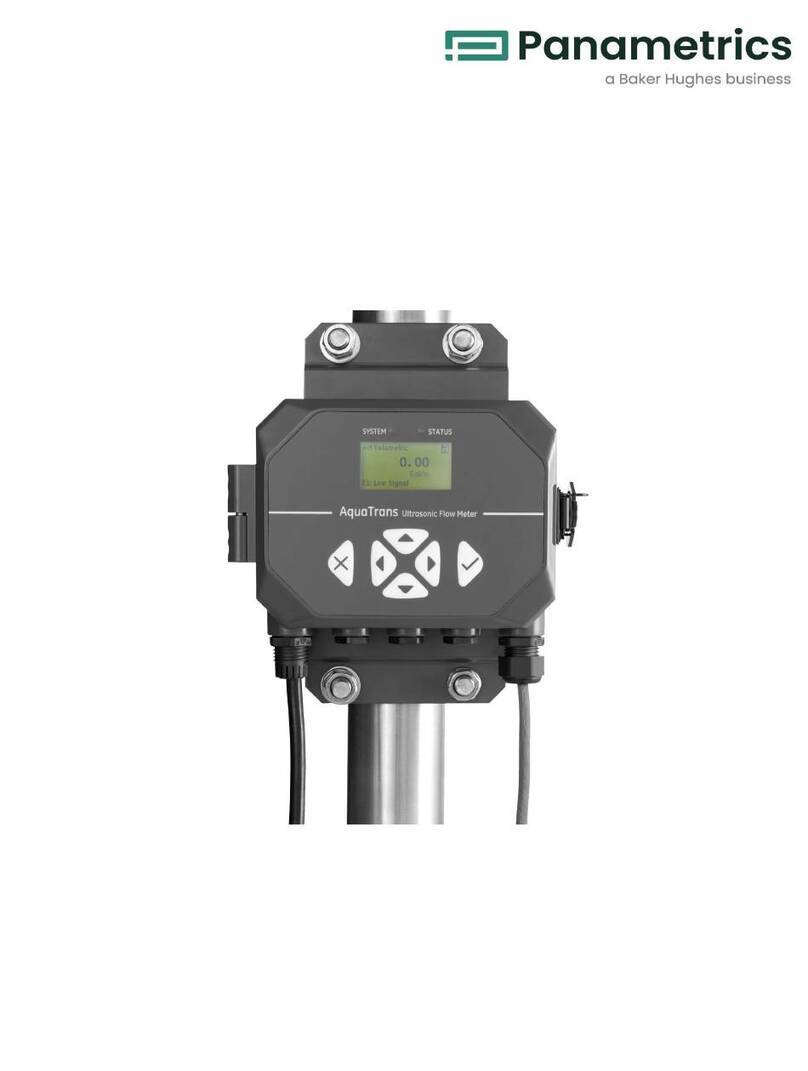
Baker Hughes
Baker Hughes Panametrics AquaTrans AT600 User manual
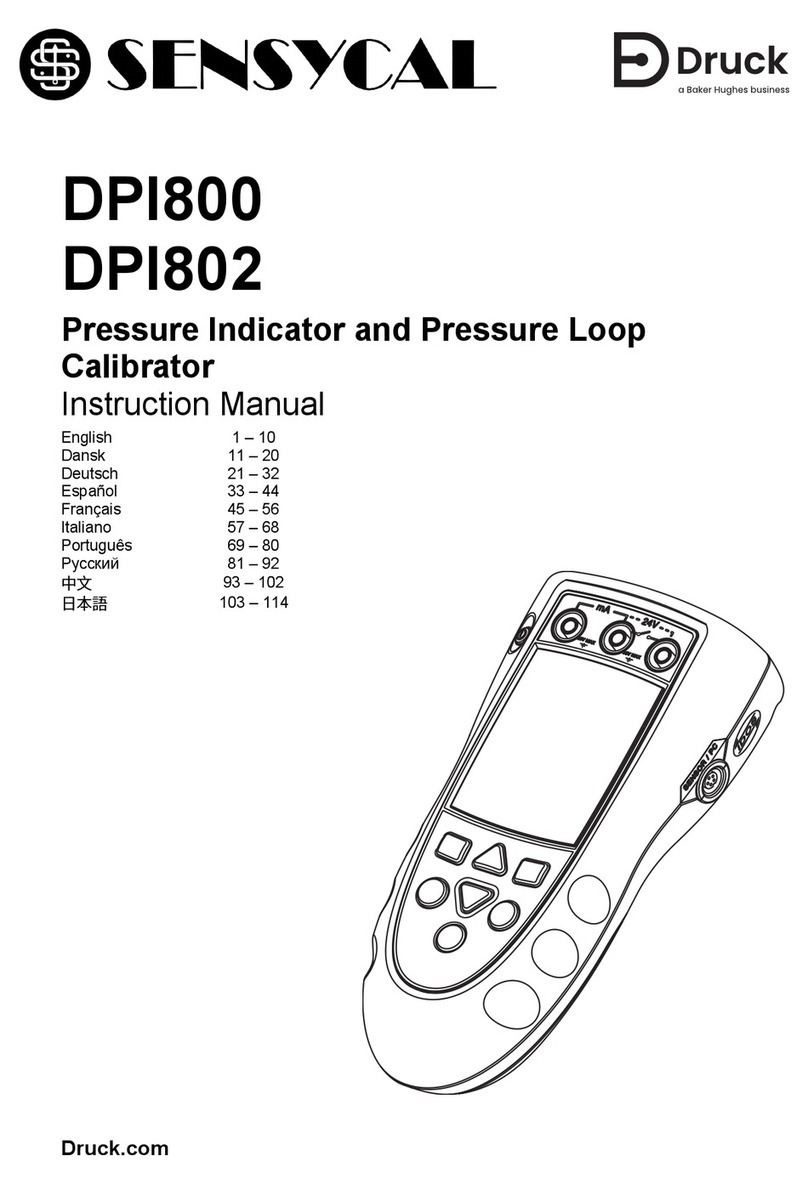
Baker Hughes
Baker Hughes Druck Sensycal DPI800 User manual
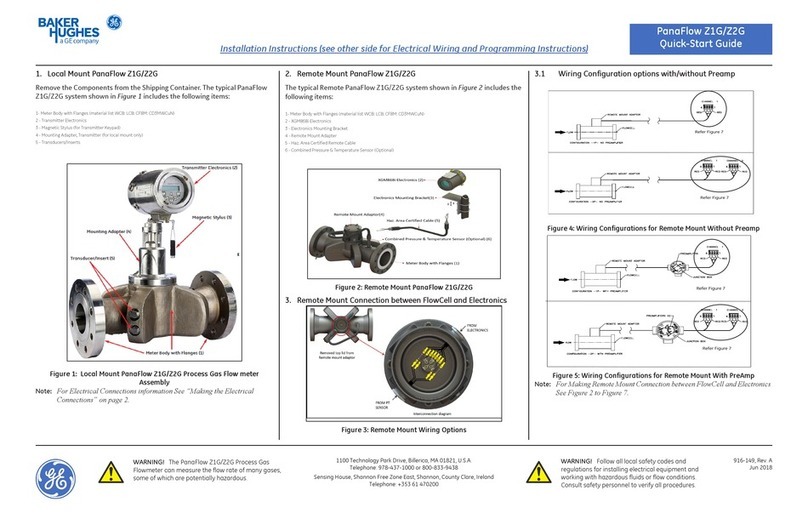
Baker Hughes
Baker Hughes PanaFlow Z1G User manual
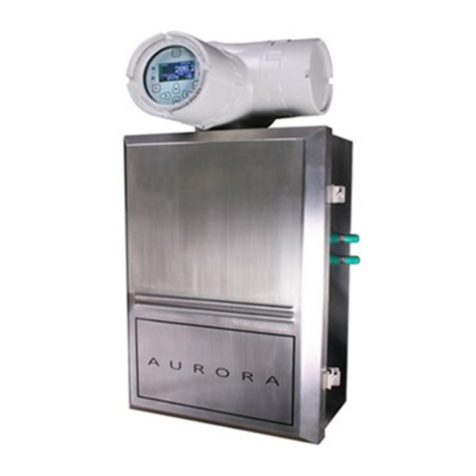
Baker Hughes
Baker Hughes Panametrics Aurora H2O User manual
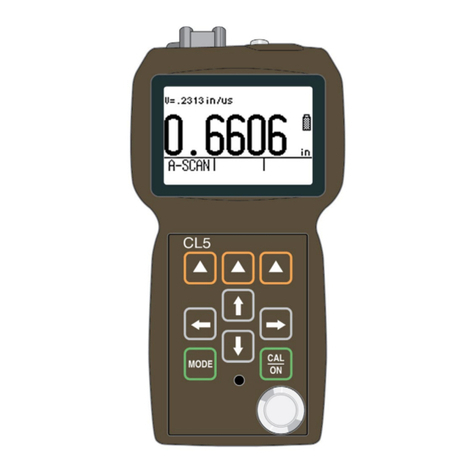
Baker Hughes
Baker Hughes Waygate Technologies CL 5 User manual
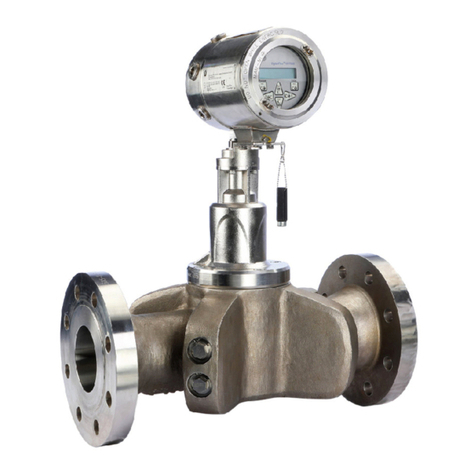
Baker Hughes
Baker Hughes PanaFlow Z1G User manual

Baker Hughes
Baker Hughes Druck DryTC 165 User manual
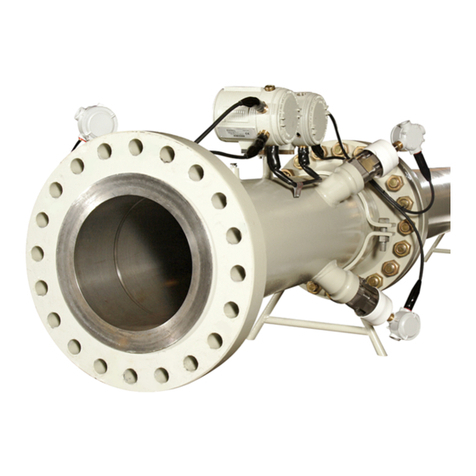
Baker Hughes
Baker Hughes Panametrics XMT686i User manual
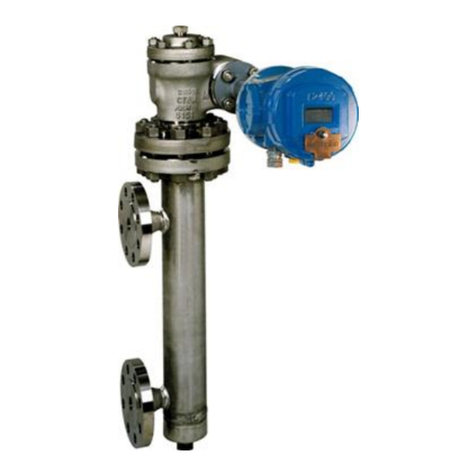
Baker Hughes
Baker Hughes Masoneilan 12400 Series Installation and operating manual
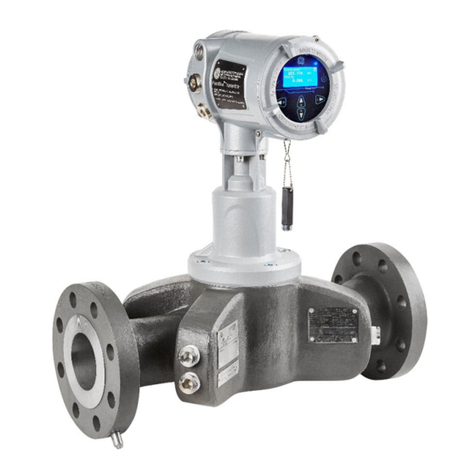
Baker Hughes
Baker Hughes Panametrics PanaFlow Z3 User manual
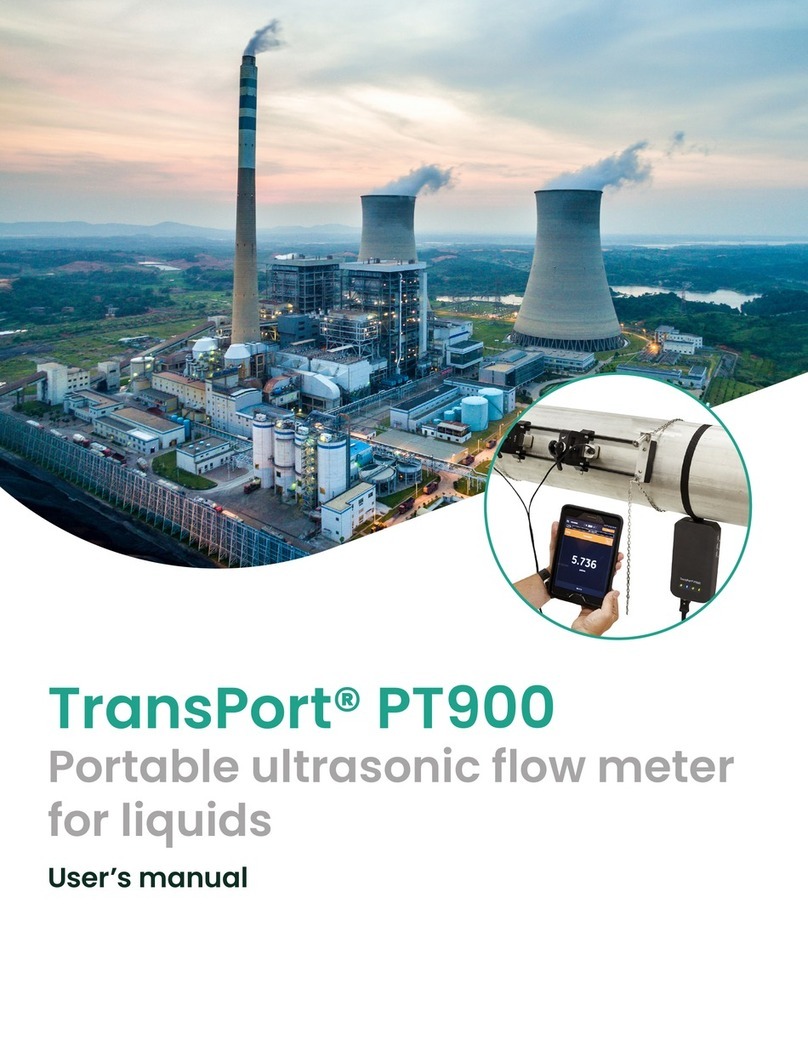
Baker Hughes
Baker Hughes TransPort PT900 User manual
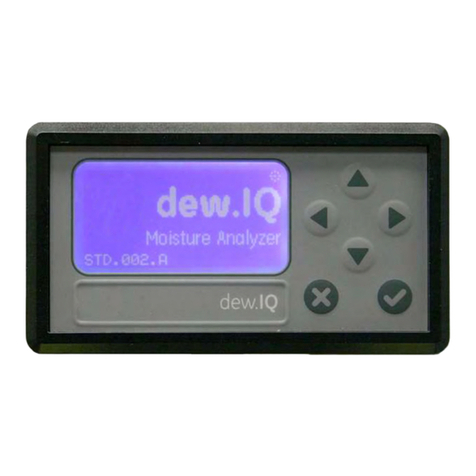
Baker Hughes
Baker Hughes Panametrics dew.IQ User manual
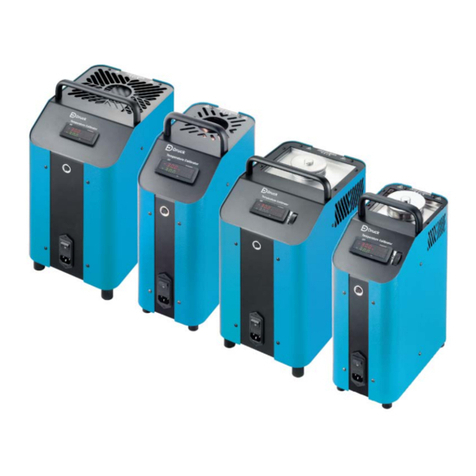
Baker Hughes
Baker Hughes Druck Dry TC 165 User manual
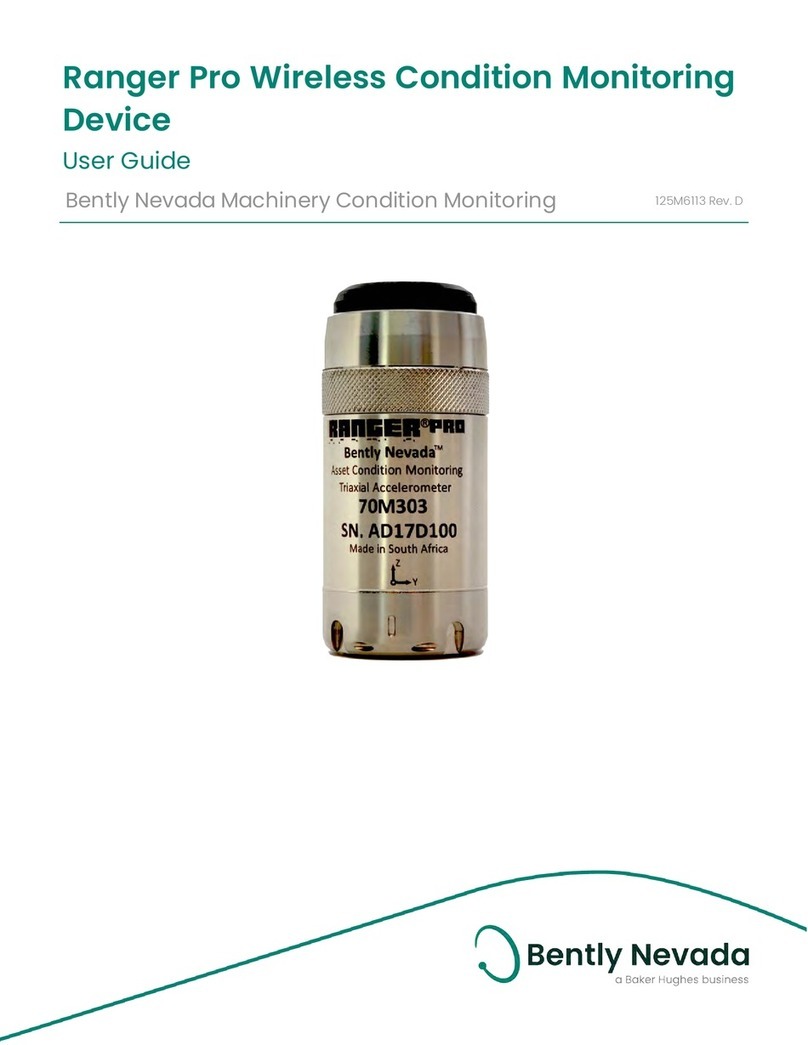
Baker Hughes
Baker Hughes Bently Nevada Ranger Pro User manual
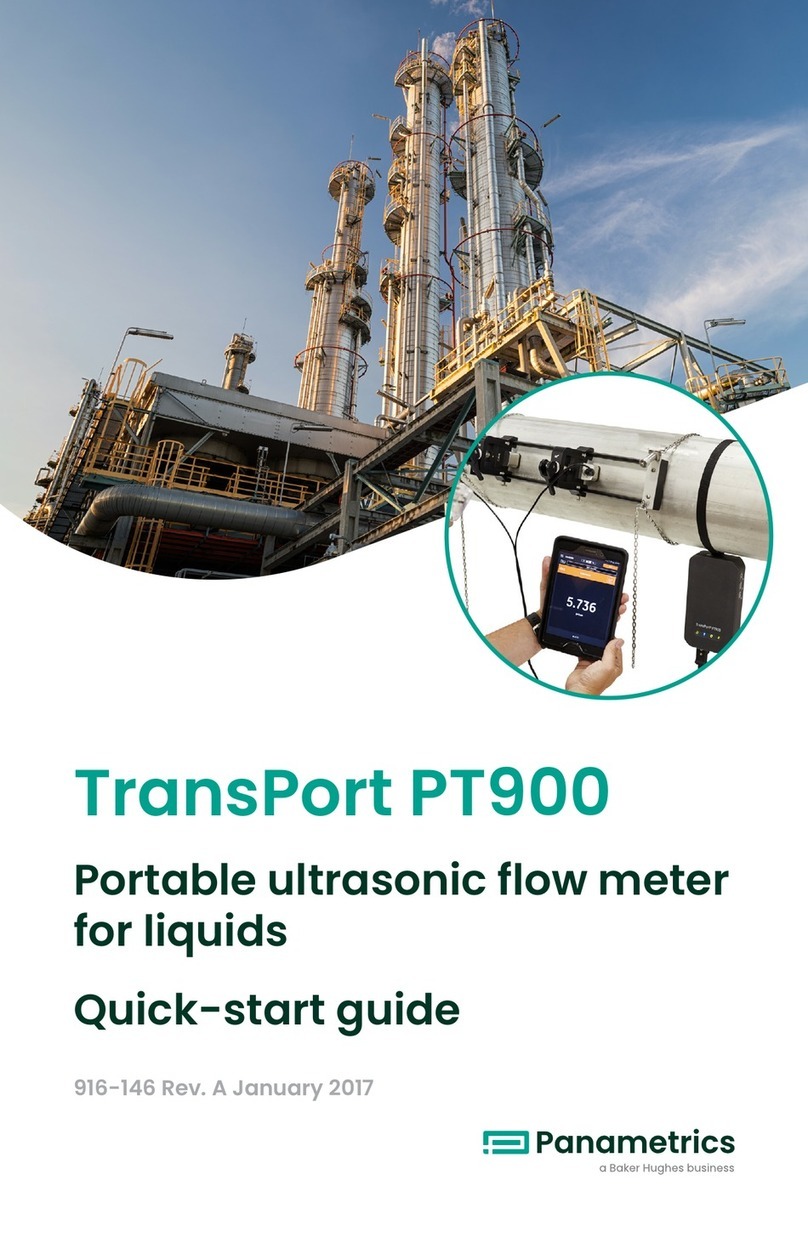
Baker Hughes
Baker Hughes PT9-AIO User manual
Popular Measuring Instrument manuals by other brands

Powerfix Profi
Powerfix Profi 278296 Operation and safety notes

Test Equipment Depot
Test Equipment Depot GVT-427B user manual

Fieldpiece
Fieldpiece ACH Operator's manual

FLYSURFER
FLYSURFER VIRON3 user manual

GMW
GMW TG uni 1 operating manual

Downeaster
Downeaster Wind & Weather Medallion Series instruction manual

Hanna Instruments
Hanna Instruments HI96725C instruction manual

Nokeval
Nokeval KMR260 quick guide

HOKUYO AUTOMATIC
HOKUYO AUTOMATIC UBG-05LN instruction manual

Fluke
Fluke 96000 Series Operator's manual

Test Products International
Test Products International SP565 user manual

General Sleep
General Sleep Zmachine Insight+ DT-200 Service manual















